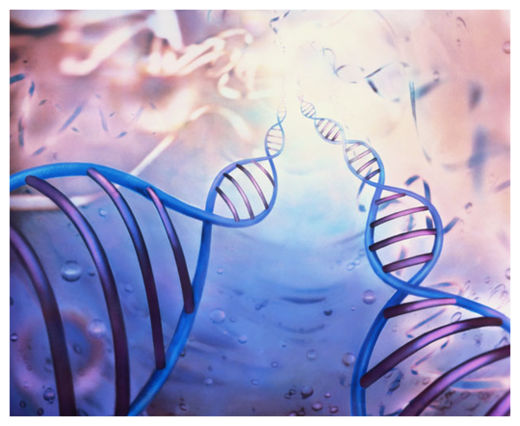OF THE
TIMES
They call it "The American Dream," because you have to be asleep to believe it.
'Disturbing Evidence Supporting My 2021 Hypothesis that SARS-CoV-2 (Spike) Turns Us Into "Living Cartilage"120dpi study in hamsters shows how...
but better criminals... Is there some sort of accreditation system in place for said crims
Memories, memories, memories - and sons of bitches as well.
The doc had a long wild drug/alcohol phase in his life. Bad for the organs and one's organisation and one shock too many.
There is no excuse. We all have known better but chose to hang around instead.
To submit an article for publication, see our Submission Guidelines
Reader comments do not necessarily reflect the views of the volunteers, editors, and directors of SOTT.net or the Quantum Future Group.
Some icons on this site were created by: Afterglow, Aha-Soft, AntialiasFactory, artdesigner.lv, Artura, DailyOverview, Everaldo, GraphicsFuel, IconFactory, Iconka, IconShock, Icons-Land, i-love-icons, KDE-look.org, Klukeart, mugenb16, Map Icons Collection, PetshopBoxStudio, VisualPharm, wbeiruti, WebIconset
Powered by PikaJS 🐁 and In·Site
Original content © 2002-2024 by Sott.net/Signs of the Times. See: FAIR USE NOTICE

the demise of humanity will come from left field?
This DNA manipulation is playing somewhere in the outfield to say the least.
As if genetically modifided anything wasn't enough!